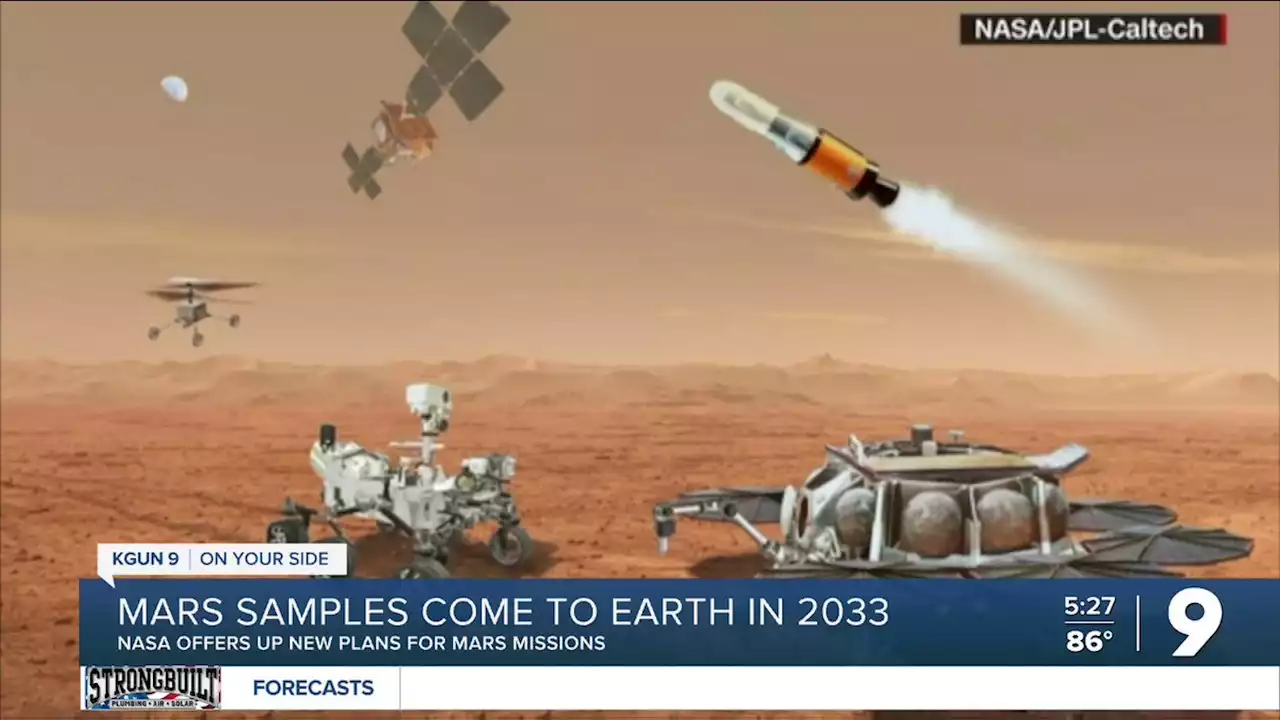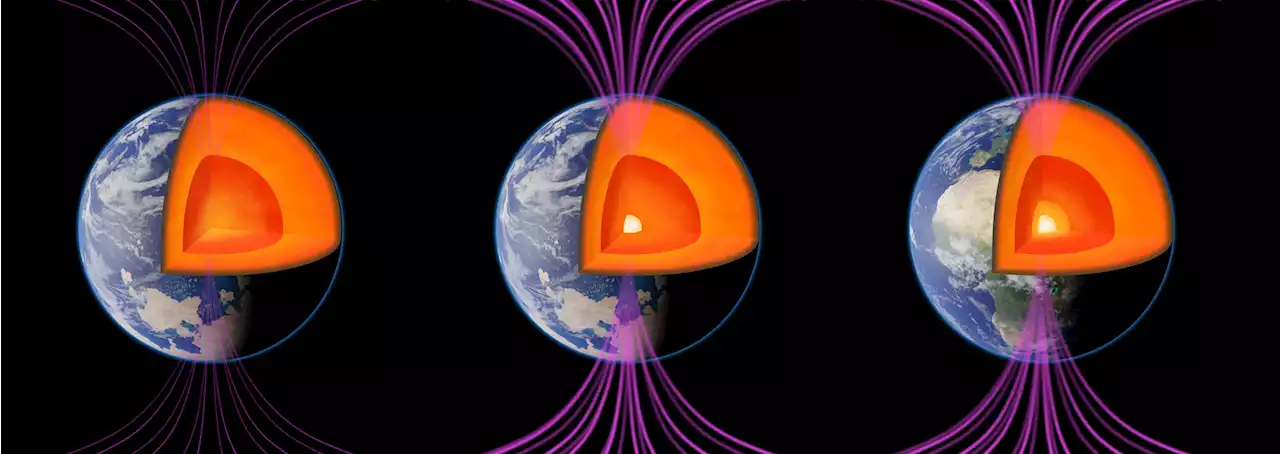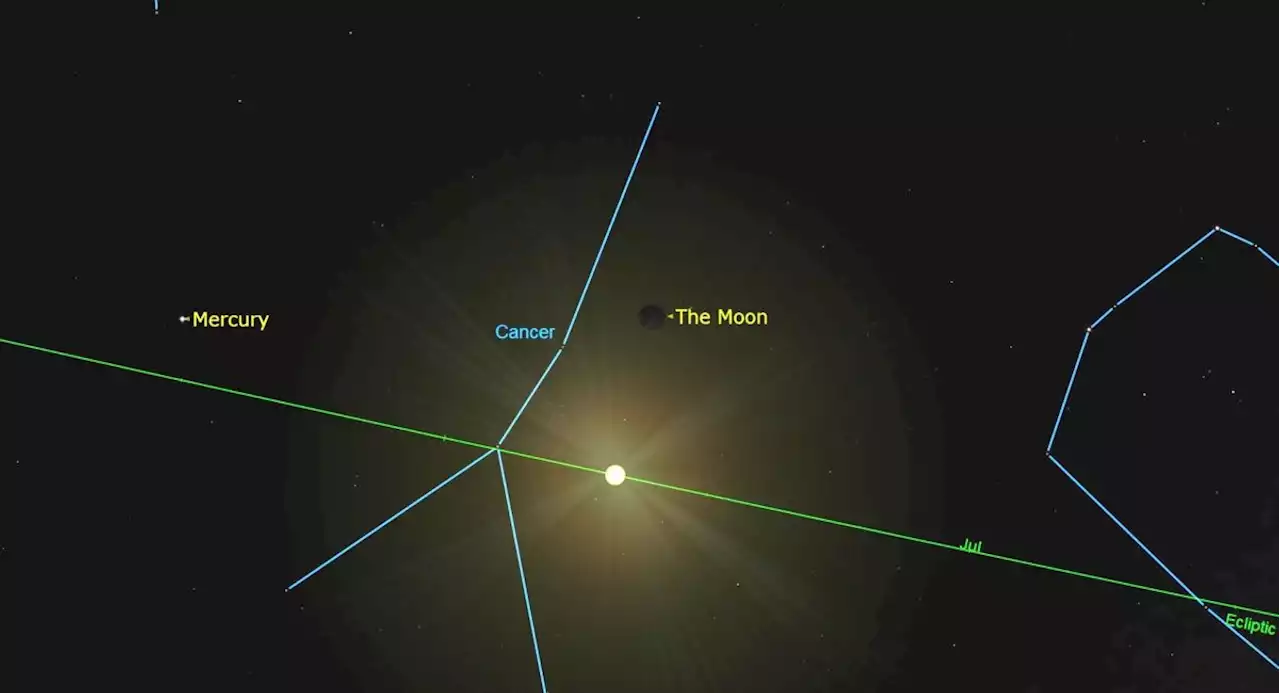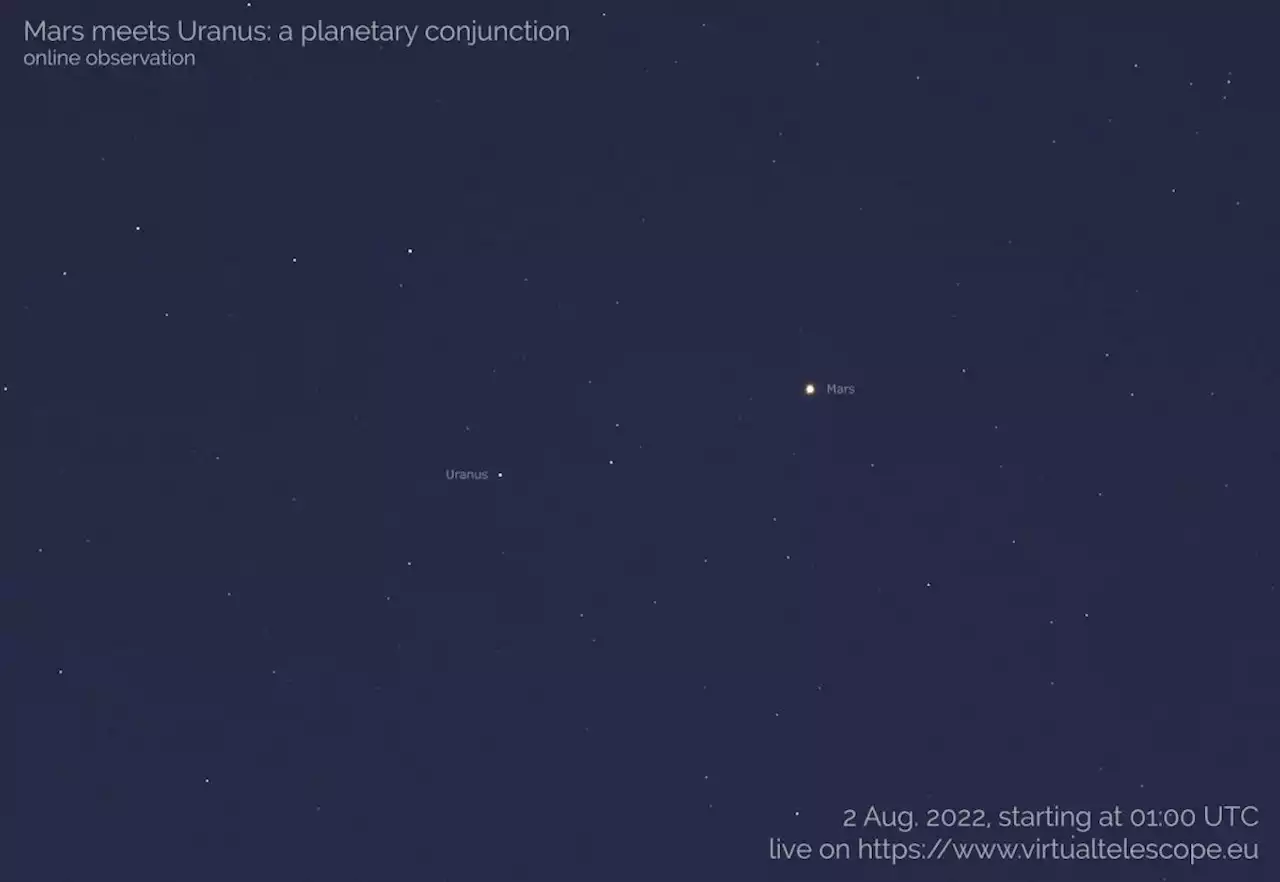It's a rare opportunity to see the Red Planet and the green planet in the same binocular field of view.
This weekend, Mars and Uranus will appear just two widths of a full moon apart as they go into a rare planetary conjunction in the constellation of Aries.
Look around 1:00 a.m. local time where you are, with the very closest conjunctions visible early on Monday and Tuesday . How to see the Mars-Uranus conjunctionAlthough it's technically possible for some stargazers to see Uranus with the naked eye under perfectly dark conditions, it's a much better bet to use binoculars or a small telescope. Binoculars will reveal both planets in the same field of view. Mars will appear reddish while Uranus a blue-green hue.
Why Mars is brighter than UranusThe two planets will not be the same brightness during their conjunction. Mars is gradually brightening in the night sky as it gets closer to Earth and will this weekend it will shine at a magnitude of 0.2, which is about the same as a bright star. It will be about 130 million miles from Earth. That's a lot closer than the much larger ice-giant Uranus, which will be a whopping 2 billion miles distant and will shine at a magnitude of just 5.8.
United States Latest News, United States Headlines
Similar News:You can also read news stories similar to this one that we have collected from other news sources.
 HeyBike Ups The Range With New Mars Hyper Folding E-BikeHeyBike introduces the new Mars Hyper, a long-range foldable electric bicycle that claims 55 miles on a single charge.
HeyBike Ups The Range With New Mars Hyper Folding E-BikeHeyBike introduces the new Mars Hyper, a long-range foldable electric bicycle that claims 55 miles on a single charge.
Read more »
 NASA to launch helicopters to help return rock samples from MarsNASA announced it would launch two more mini helicopters to Mars in an effort to return gathered Martian rocks and soil to Earth.
NASA to launch helicopters to help return rock samples from MarsNASA announced it would launch two more mini helicopters to Mars in an effort to return gathered Martian rocks and soil to Earth.
Read more »
 NASA planning mission to return rocks from MarsThe Mars Sample Return Program, planned for 2033, is nearing the completion of the conceptual design phase. Get the details on this upcoming mission .
NASA planning mission to return rocks from MarsThe Mars Sample Return Program, planned for 2033, is nearing the completion of the conceptual design phase. Get the details on this upcoming mission .
Read more »
 NASA shares new plan to return Mars rock samples to EarthNASA has changed how it wants to return Mars rock samples to Earth, proposing a new plan this week that involves the Perseverance rover.
NASA shares new plan to return Mars rock samples to EarthNASA has changed how it wants to return Mars rock samples to Earth, proposing a new plan this week that involves the Perseverance rover.
Read more »
 Ancient Rocks Hold Clues to How Earth Avoided a Mars-Like FateNew paleomagnetic research suggests Earth’s solid inner core formed 550 million years ago and restored our planet’s magnetic field. Swirling liquid iron in the Earth’s outer core, located approximately 1,800 miles beneath our feet, generates our planet’s protective magnetic field, called the magn
Ancient Rocks Hold Clues to How Earth Avoided a Mars-Like FateNew paleomagnetic research suggests Earth’s solid inner core formed 550 million years ago and restored our planet’s magnetic field. Swirling liquid iron in the Earth’s outer core, located approximately 1,800 miles beneath our feet, generates our planet’s protective magnetic field, called the magn
Read more »
 The July new moon provides dark skies tonight to see Jupiter, Mars and moreThe next few nights will be uninterrupted by moonlight and perfect for planet, asteroid and meteor hunters alike.
The July new moon provides dark skies tonight to see Jupiter, Mars and moreThe next few nights will be uninterrupted by moonlight and perfect for planet, asteroid and meteor hunters alike.
Read more »
